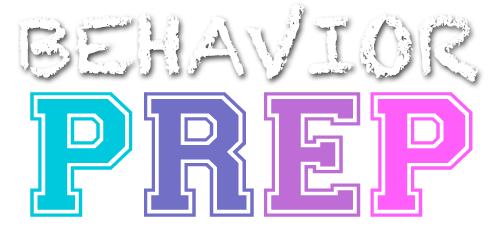G.16 Design and evaluate procedures to maintain desired behavior change following intervention (eg. Schedule thinning, transferring to naturally occurring reinforcers)
Designing and evaluating procedures to maintain desired behavior change after an intervention involves creating strategies that ensure the behavior continues after the formal treatment ends. This includes gradually thinning reinforcement schedules and transferring behavior control to naturally occurring reinforcers in the environment. The goal is to sustain the behavior over time without intensive intervention.
Schedule Thinning
Schedule thinning involves gradually reducing the frequency or intensity of reinforcement once a desired behavior is established. The goal is to help the individual maintain the behavior with less frequent reinforcement, making it more sustainable over time.
Example: A BCBA is working with a student earning a sticker every time they raise their hand before speaking in class. To thin the schedule of reinforcement, the BCBA changes the criterion so that the student now earns a sticker after raising their hand three times instead of after every instance. Over time, the BCBA further thins the schedule by requiring five appropriate hand raises before delivering a sticker. The behavior is maintained even though reinforcement is less frequent.
Transferring to naturally occurring reinforcers
This process involves shifting behavior control from artificial reinforcers (e.g., tokens, stickers) used during intervention to reinforcers that naturally exist in the individual’s environment (e.g., praise, social interaction, personal satisfaction). This transition ensures that the behavior is maintained by its natural consequences.
Example: A child has been receiving tokens for completing daily chores. To transfer the behavior to naturally occurring reinforcers, the BCBA reduces the use of tokens and encourages reinforcement from natural sources, such as verbal praise from parents, the feeling of accomplishment, or extra free time earned from completing chores efficiently. Eventually, the child completes chores without needing tokens, as the naturally occurring reinforcers maintain the behavior.
